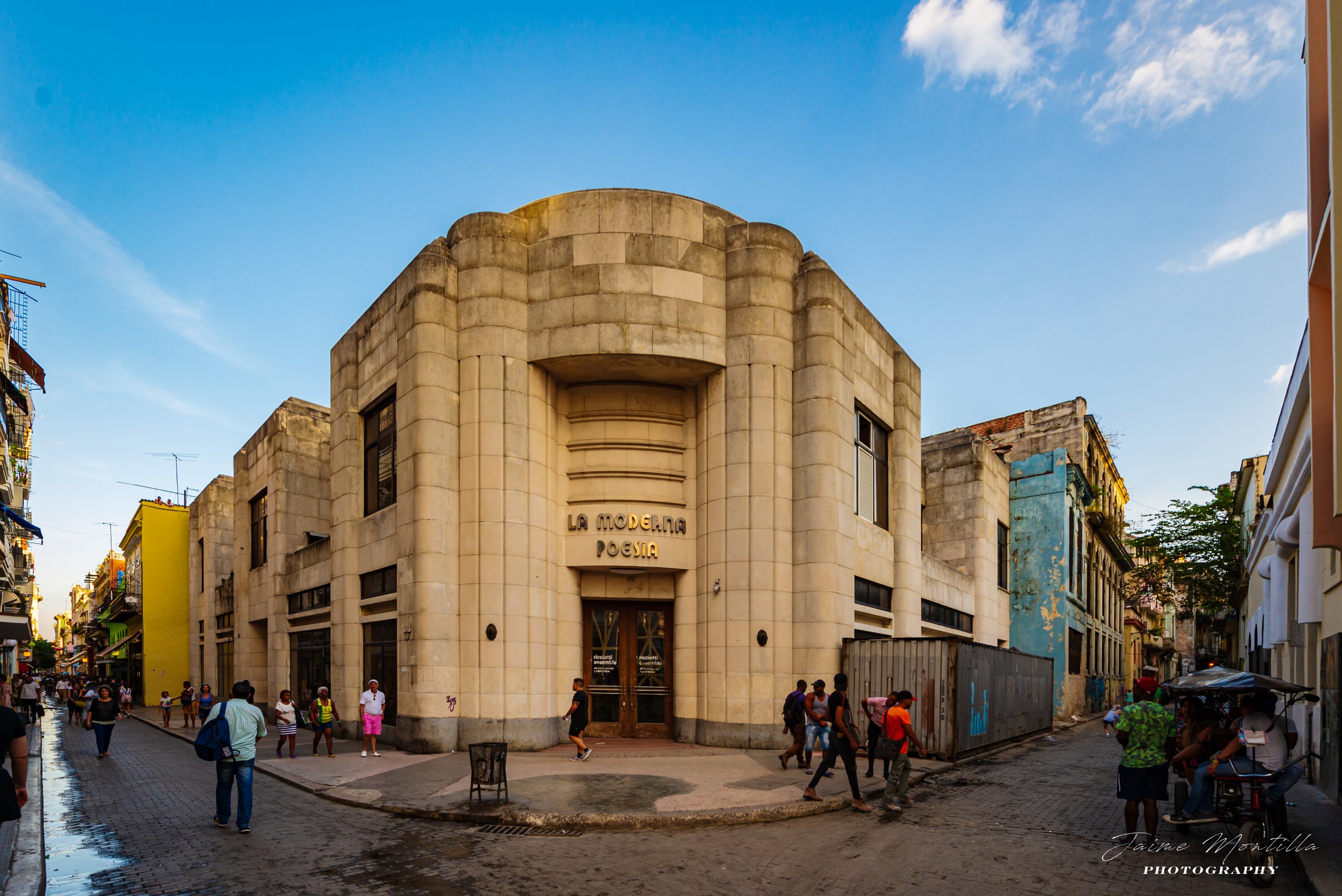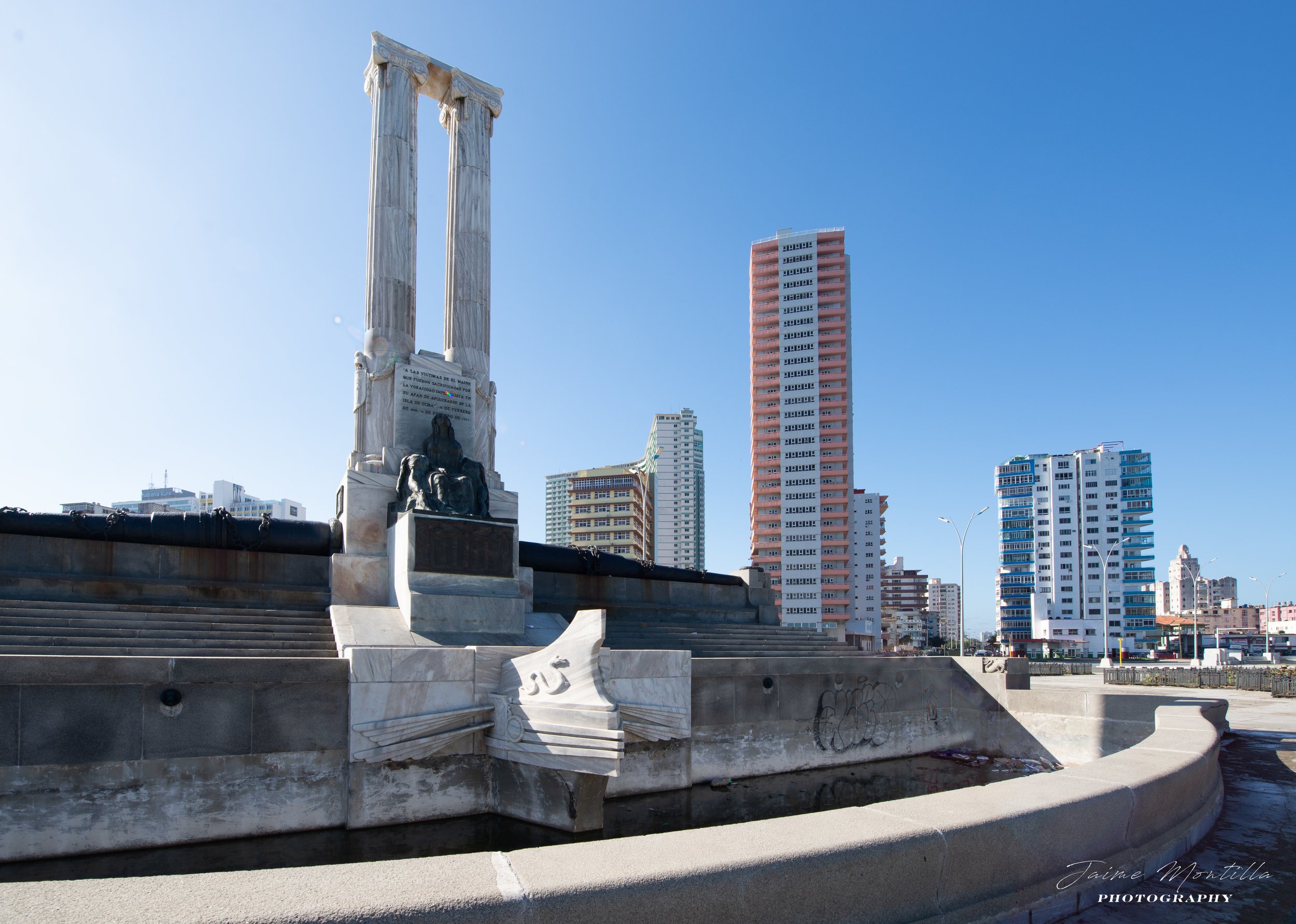
José “Pote” López Rodriguez
José “Pote” López Rodriguez (1862-1921) was born in Santo Tomé de Maside, Galicia, Spain. He emigrated to Cuba in 1880 where he began working in a family member's business. Two years later he went on to work in the printing business at the business of José Merino. In 1890 Pote married Ana Luísa Serrano Poncet, widow of José Merino who owned a well known bookstore and printing press in Havana called La Moderna Poesía. Under his leadership, the business grew and expanded into the best known business of its kind in Cuba, making him a very well known and respected businessman. In 1910 he established La Casa del Timbre, the first and only press to make prints with steel molds, technology that made him the printer of all post stamps and lottery tickets in Cuba.
Using his political influence, Pote obtained the rights to build a bridge over the Almendarez River which allowed him to develop the very exclusive Miramar residential district together with Ramón González de Mendoza. At the entrance to the Miramar District he built a clock tower which some called "El Reloj de Pote", also pictured below .
He sympathized with the independence movement and in 1907 helped finance the political campaign of José Miguel Gómez, who in part as a result of his backing became President of Cuba. In 1912 Pote gained control and became President of Banco Nacional when he acquired J. P. Morgan's ownership interest. By 1919 the bank had grown to eighty seven branch offices and by 1920 to one hundred twenty one branch offices and $194 million in capital. Pote was also Board Member at Banco Español, whose president José Marimón Juliach had to leave the island in 1921 due to the bankruptcy of all his businesses including the bank, and of several other financial institutions including Caja de Ahorros del Centro Gallego.
Pote first ventured in the sugar business sometime after 1910 when he acquired Central Reglita. . Central Reglita was built on what used to be the Hacienda Santa Catalina in Cárdenas. Its original owner was Joaquín Sardiñas and his wife Regla, hence the name. He acquired vast amounts of land surrounding the sugar mill and improved Reglita with new machinery and modern technology. Central Reglita last milling season was 1920-21 after which it was dismantled, some of its machinery used at Central España and some sold to other sugar mills on the island.
He expanded his sugar interests in 1915 when he acquired Central España in the Matanzas Province. Central España was built by Spanish immigrant from the Basque Country Julián Zulueta Amondo (1814-1878). In 1861 Zulueta acquired Hacienda Armonía, demolished the existing sugar factory and built a brand new sugar mill his sons named Central España after his death in 1878. In 1900 Central España was rebuilt using steel after a fire destroyed it. Pote acquired Central España in 1915 and immediately added new machinery and expanded its railroad lines. Due to labor shortage, Pote brought one hundred forty immigrant workers from Spain for whom he built big enough barracks to accommodate all of them. Title to Central España was acquired by Banco Nacional who had mortgaged it in favor of Morgan Guaranty who ended up acquiring title to the sugar mill under the Matanzas American Sugar Co., a wholly owned subsidiary. Matanzas American Sugar Co. was acquired by Cosme de la Torriente and Vidal Morales, both prominent politicians. When they could not manage the company's debt load, it was acquired by José Manuel Casanova, later Senator and president of the Asociacion de Hacendados de Cuba.
Late in 1914 or early in 1915 Pote paid 3,500,000 pesos to buy Central Conchita from Juan Pedro Baró. Some six months later he turned around and sold it to the Cuba Cane Sugar Corp. for 6,000,000 realizing some 2.5 million pesos profit in such a short period of time.
The September 8, 1917 edition of The Louisiana Planter and Sugar Manufacturer reports "If the plans of Sr. José Lopez Rodriguez, owner of Central España materialize, Central Chaparra will have to defend her title as the greatest sugar mill in the world, for it is said that Central España will turn out 600,000 bags in 1917-1918, and that the 1919 crop will be one million bags, which would be nearly twice the present world's record at any one mill, now held by Chaparra with the 616,000 bags produced last year." In its edition of September 4, 1920, The Louisiana Planter and Sugar Manufacturer reported "Central España, the colossus of the western provinces of the island, has at last been sold, its purchasers being Hayden, Stone & Co. bankers of Boston and a number of confectioners of the United States represented by Mr. Atkins. Sr. José Lopez Rodriguez, the former owner of Central España retains a considerable interest in the place, and is president of the company which has been organized. Central España can make close to 600,000 bags of sugar at present, and there are rumors of its being increased to 800,000 bags in the near future. Central España produced 535,000 bags of sugar in 1925.
In 1920 Banco Nacional, of which Lopez Rodriguez was president and holder of approximately 50% of its outstanding shares, had outstanding loans totaling some $20.3 million to thirty three or 16% of the operating sugar mills in Cuba at the time, including Central Reglita and Central España. The sugar price crisis of 1920 caused the demise of Banco Nacional on October 10, 1920. José López Rodriguez was found hanging from a rope in his bathroom on March 17, 1921 allegedly due to the bankruptcy of his businesses and his reputation.
Lopez Rodriguez son José Antonio Lopez Serrano (1905- ) was not any less ambitious and successful than his father. He continued in the bookstore business and in 1935 built the La Moderna Poesia store pictured below at Calle Obispo and Calle Bernaza in Havana. José Antonio also built the Lopez Serrano Building in 1929, the tallest building in Havana until 1956 when the FOCSA Building (the semi circular building in the center) got the honors. The Lopez Serrano Building can be seen in the picture below in the background to the right of the white and blue apartment building.

